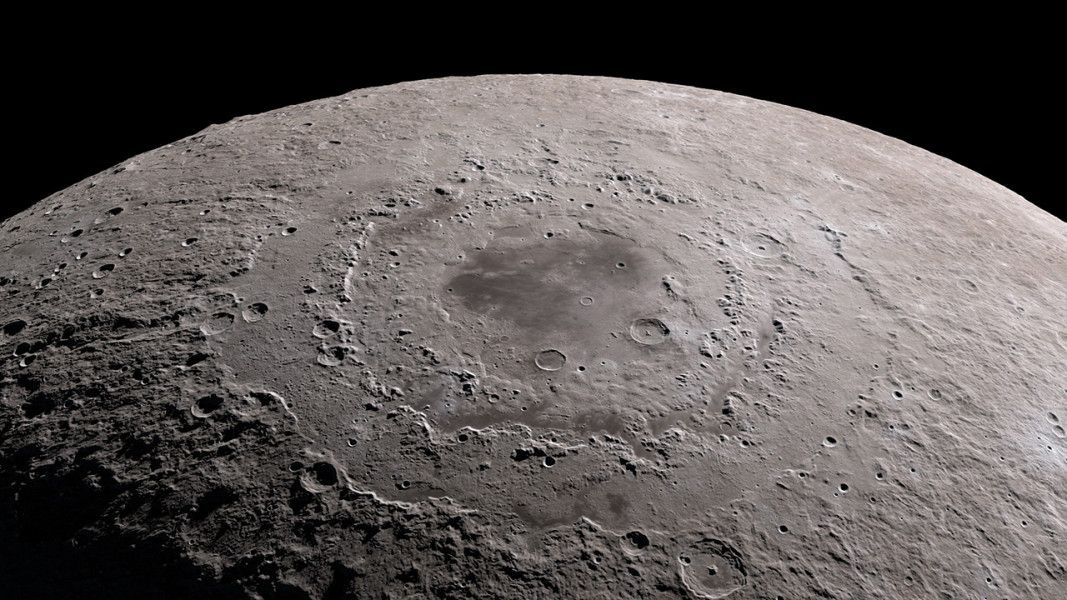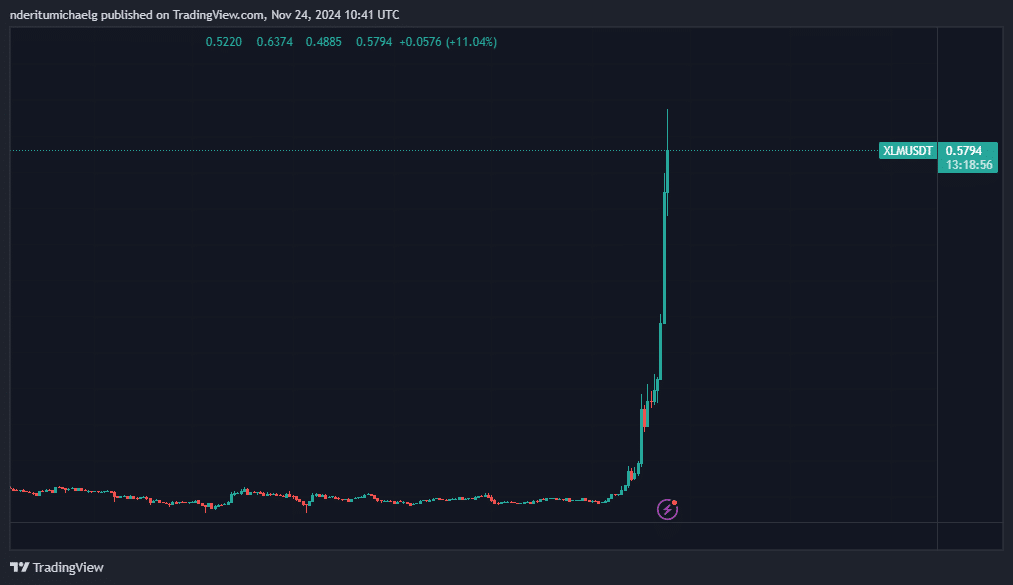Japan accomplished a historic feat on Jan. 20 by becoming the fifth country to successfully land a spacecraft on the moon. Now, the world can view the images captured by the spacecraft of the lunar surface. New images depict the moon’s surface as a barren and rocky landscape dotted with boulders right before Japan’s SLIM lunar lander ceased its operations to conserve power. The Japan Aerospace Exploration Agency (JAXA), in collaboration with the University of Aizu and Ritsumeikan University, has released images captured by the Multi-Band Camera (MBC) onboard the Smart Lander for Investigating Moon (SLIM). The pictures were created by assembling over 250 monochrome, low-res photographs into a more detailed landscape shot, revealing the rocky lunar surface stretching into the distance. By zooming in, the JAXA team identified several rocks of interest, which were given canine nicknames like Toy Poodle, Bulldog, and Shibainu as a means to give some context to their relative sizes.
The images are bittersweet as JAXA’s moon lander, also known as SLIM, achieved its primary goal to demonstrate a new landing technique. However, the lander touched down and tipped over, causing its solar cells to point away from the sun. JAXA decided to shut SLIM down in the hope that the sun would eventually be in a position to power it back on. If the solar cells regain power, SLIM will take a series of spectroscopic photos that will provide a better understanding of the chemical composition of the moon’s surface.
SEE IT: Japan Lunar Lander’s First Pictures of the Moon













:max_bytes(150000):strip_icc()/BTCUSDChart-c26e5881ebc34f33910ad841d6c8862c.gif)
